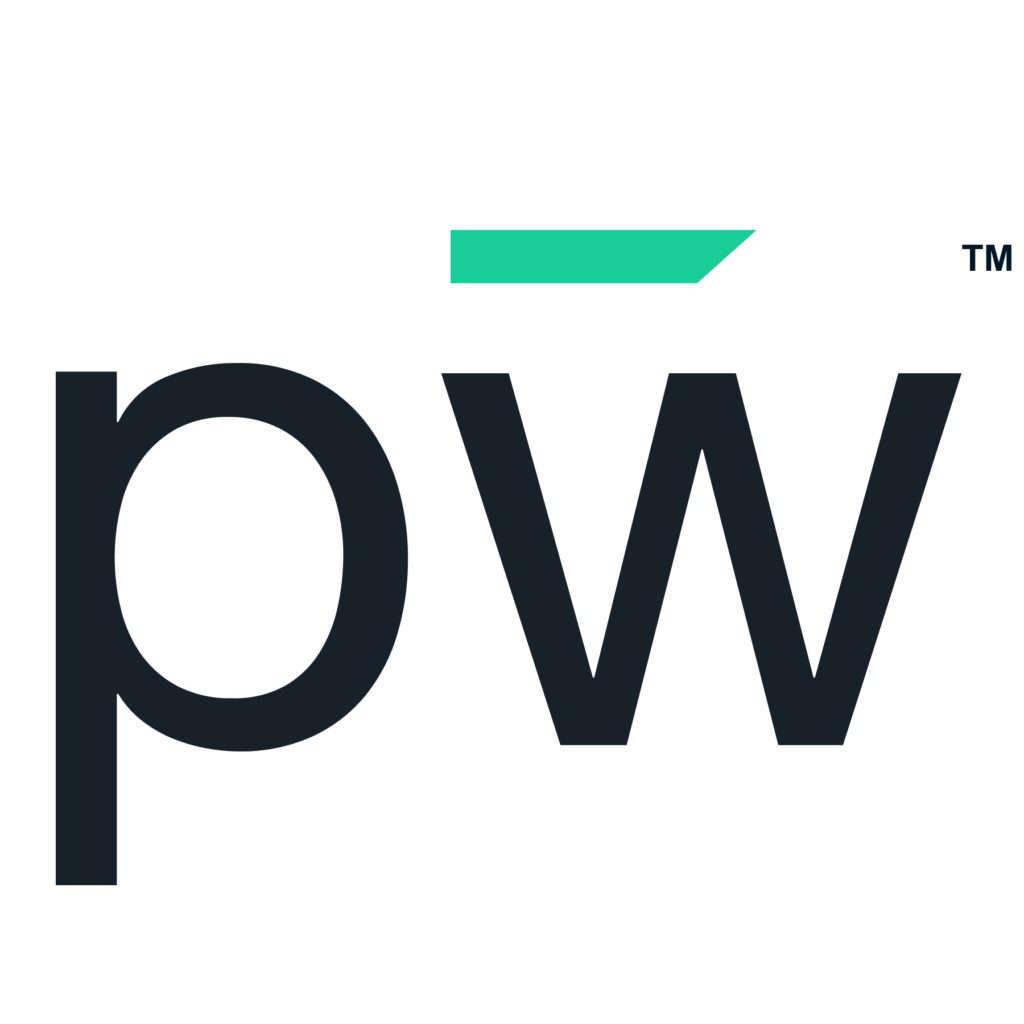When corporate training started rising to prominence in the 1970’s, companies began to see how technology would evolve the way that workers, well, worked. Games like The Oregon Trail showed that times were changing, and new skill sets were going to be needed as technology and computerization advanced. As technology has changed, a skills gap has emerged in relation to technology’s rapid growth.
In today’s society, we see even more how technology is an ever-changing facet of modern life. As apps and trends come and go, it is important to have a workforce that is able to adapt to these changes. It’s also important for companies to adapt as well.
What exactly is a skills gap?
A skills gap is when there is a perceived difference between the skills a task requires and the employee’s ability to complete the task. This has put companies at a difficult position when it comes to hiring and maintaining talented staff. According to a 2019 report by SHRM, 75% of HR professionals surveyed say they have a difficulty hiring skilled staff for their workplace.
The three biggest barriers companies are facing are:
- Competition from other employers.
- Candidates who do not have the needed work experience.
- Candidates who do not have the needed technical skills.
But to say that the skills gap just means more education is to not acknowledge just how complex the issue actually is. James Bessen, in a 2014 Harvard Business Review article entitled “Employers Aren’t Just Whining—The Skills Gap Is Real,” uses a fantastic real-world example of graphic designers.
Most graphic design schools teach students how to design for print. However, then companies were looking for people to provide graphic design for websites and the ability to work with Flash. Now, many companies are wanting people who know HTML5. But that isn’t what schools are teaching. They are still teaching print design. While to some degree, that is a failure on the schools, if companies are struggling to keep up with technological advances, why wouldn’t that also be expected within universities?
As Edwin Koc says in “Is There Really a Skills Gap?” studies are showing that students who learn technical jobs in schools will find those skills out of date within six years. Workers have to continue to be retrained and reskilled, and that responsibility is on both the company and the worker.
Technology is advancing rapidly to the point where companies must provide upskilling and reskilling opportunities in order to minimize skills gaps.
What can be done to address the skills gap?
Historically, most people have pointed the blame to the educational system, specifically higher education. However, students generally only spend about four to five years in a post high school education.
The SHRM 2019 report identifies five effective ways companies can work to close their skills gaps:
- Provide onsite training to employees such as seminars.
- Starting/expanding training programs to help improve skills of new hires.
- Hiring an external workforce such as temporary positions or independent contractors.
- Increasing compensation.
- Improving retention efforts for current employees.
It is important for companies to start actively taking a role in the skills they want their employees to have and develop. They have to actively recruit and retain based on the understand that employees must consistently grow in their professional careers. Companies cannot wait for educational systems to catch up to the market that they are currently in. In order to affect change, it’s important for companies to continue to develop their staff in order to maintain a competitive workforce.









